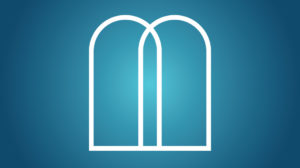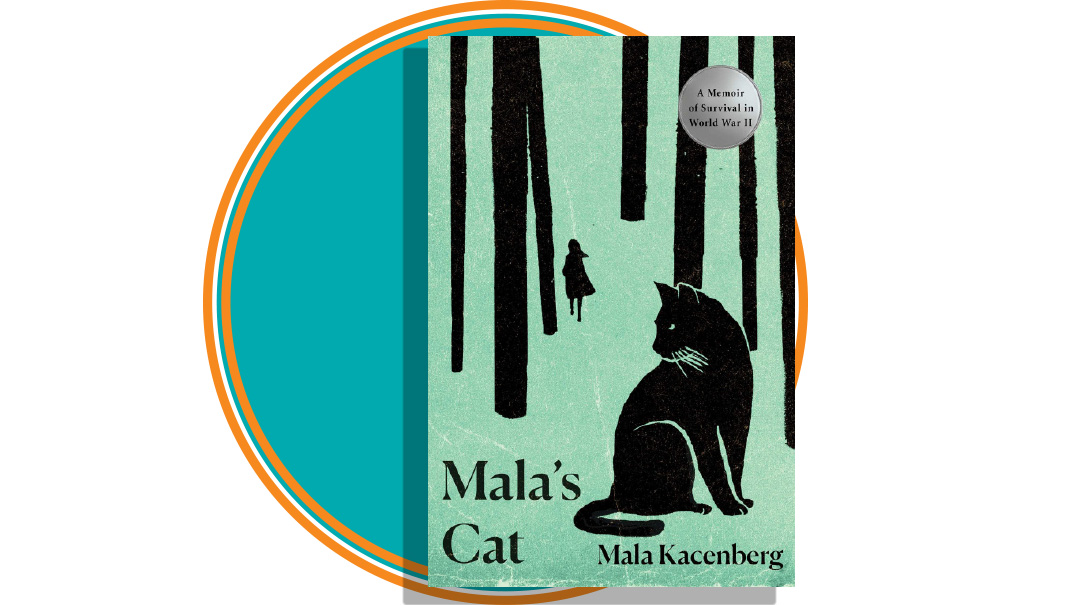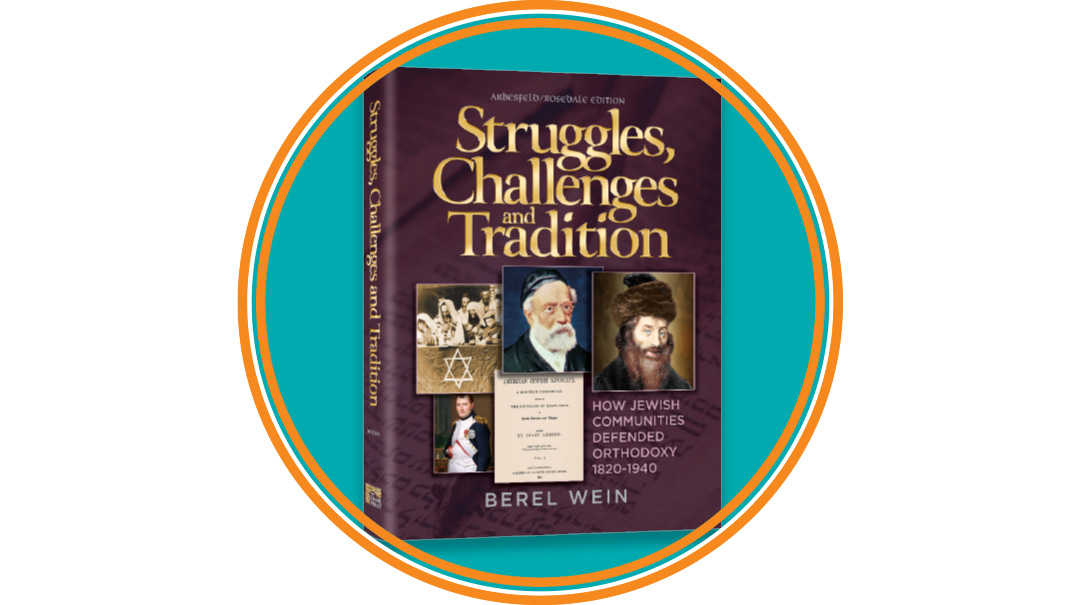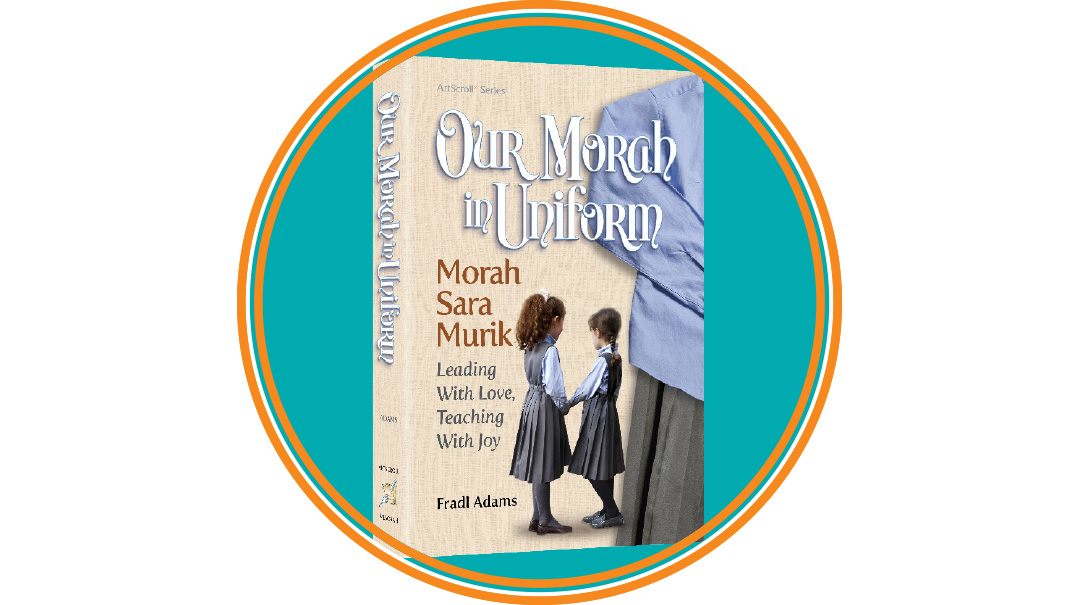A Woman’s Guide to Practical Halachah
| June 15, 2021"I saw how girls and women gravitate to practical halachah; they want to know what they need to do"
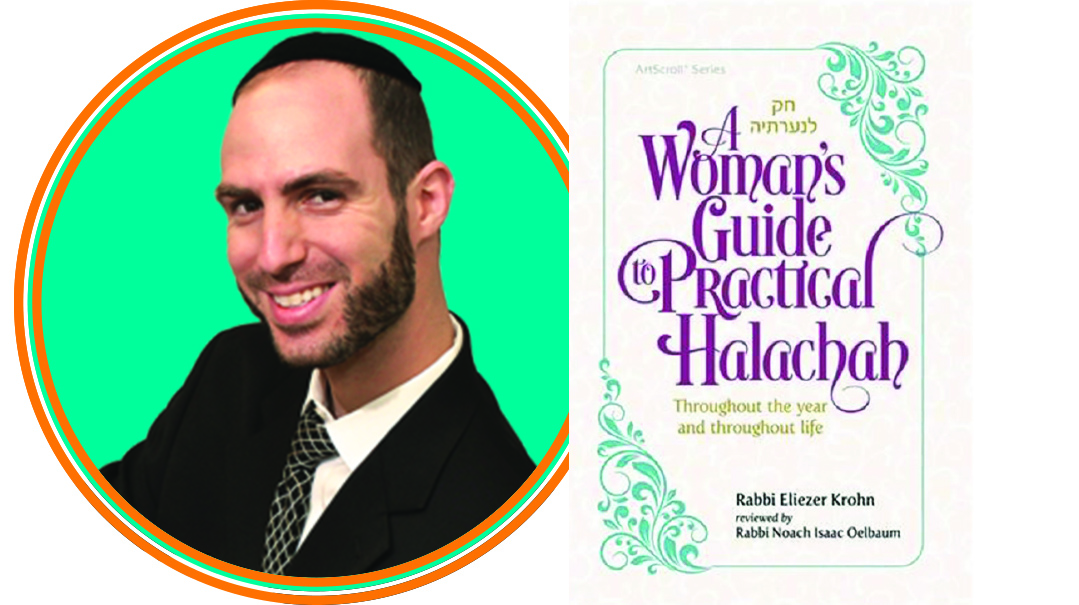
Book: A Woman's Guide to Practical Halachah
Author: Rabbi Eliezer Krohn
Publisher: ArtScroll
Rabbi Krohn in two lines
Rabbi Krohn learned in Yeshiva Shaar HaTorah, Queens, followed by Yeshivas Mir Yerushalayim and Passaic Clifton Community Kollel. A certified mohel, he’s a musmach of Beis Medrash Govoha, rabbinic advisor for Puah, and teaches halachah in Bais Yaakov High School of Passaic, V’at Alis, the New York Seminary, and Reenas Beis Yaakov in Highland Park.
The book in two lines
A sefer of general halachos geared to women. It takes you through your day and your year, using short, easy-to-understand paragraphs, cutting through confusion to offer halachic clarity.
Why I wrote this book
For the past 11 years, I’ve taught halachah in seminaries and to women’ groups. I saw how girls and women gravitate to practical halachah; they want to know what they need to do. Seven years ago, I started working on gathering material for a book.
Students sometimes commented, “Rabbi Krohn, you should write a book.”
“I’m working on it,” I’d reply — but I had no idea how long it would take.
What surprised me along the way
If I had known from the outset how many thousands of hours this book would take, I would not have written it — but I’m happy I didn’t know. After all my work on the manuscript, ArtScroll had it reviewed by several respected talmidei chachamim. Then, their editors worked on the text, making sure it was clear, accurate, and easily understood. I thought this book would be released two years ago, but they kept reviewing it again, which delayed the publication, but raised the standard.
Who the book is for
Women, both single and married. The clarity of the text — thanks to ArtScroll’s meticulous editing — makes it accessible to those less Jewishly educated, while it will serve as a great review for women who did receive a frum education, but may still find surprises. And men can also gain from understanding the halachos relevant to their families and from sections applicable to all, such as halachos of kibbud av va’eim, sheimos, and bal tashchis.
Oops! We could not locate your form.





